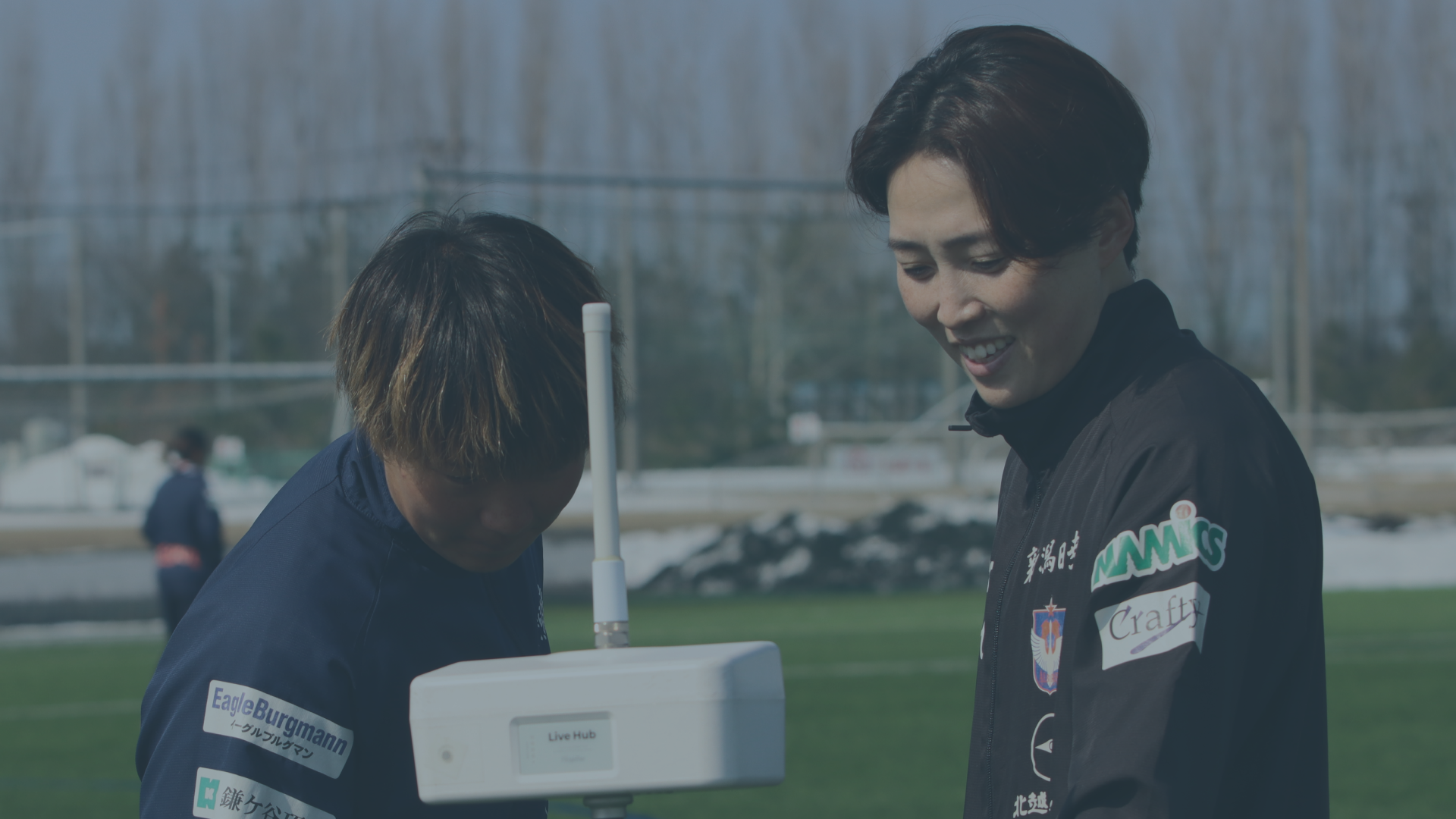
Welcome to Fitogether Voices!
In football, the smallest details can shift momentum and define the course of an entire season.
This story features Coach Seonjeong Mok, Assistant and Physical Coach of Albirex Niigata Ladies in Japan’s WE-League. From managing training loads and recovery windows to matchday decisions, Coach Mok is elevating team performance through precise, data-driven approaches using Fitogether technology.
📌 Key Interview Insights
- Injury prevention & performance gains through quantified data
- ACWR, sprint distances, and other load metrics systematize recovery planning and return-to-play assessments.
- Practicality of real-time data
- Live in-session feedback enables instant decisions, including post-training individual programming.
- A culture of data-driven decisions
- Coaches, players, and staff speak the same data language—building trust and alignment.
1. Hi Seonjeong! Could you please introduce yourself?

Hi, my name is seonjeong Mok. I’m currently the Assistant Coach and Physical Coach of Albirex Niigata Ladies, a professional women’s football team in Japan’s WE-League.
2. What are your main responsibilities within the team?
I oversee the warm-up sessions, usually about 20 minutes before every training. When the Head Coach shares the weekly training plan, I analyze it through Fitogether data to estimate the training volume and intensity.
Based on my reports, Head Coach adjusts session durations and closely monitors the players' physical conditions.
3. Women’s football seems to be gaining traction globally. How is the atmosphere in Japan?
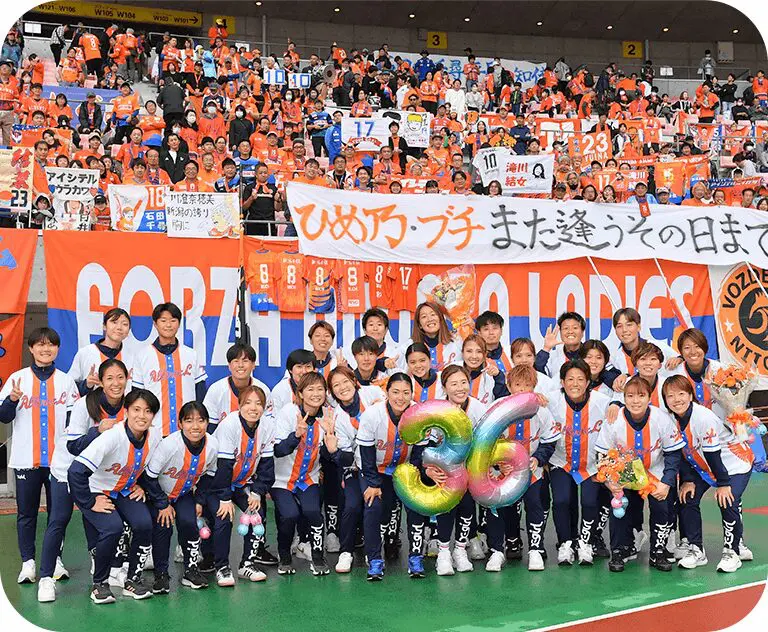
There was a period when spectator numbers were declining. To address this, the WE-League launched in 2020, and since then, everyone involved—clubs, players, the federation, and the league—has worked hard to grow the fanbase.
At a recent cup final, we saw over 22,000 fans in the stands. Even during a regional away match, nearly 5,000 people showed up, which was incredible. The overall excitement around women’s football is definitely rising.
Now, more players are moving abroad—to clubs like Manchester City, Liverpool, Manchester United, and Tottenham. The level of international recognition is growing, and that motivates all of us.
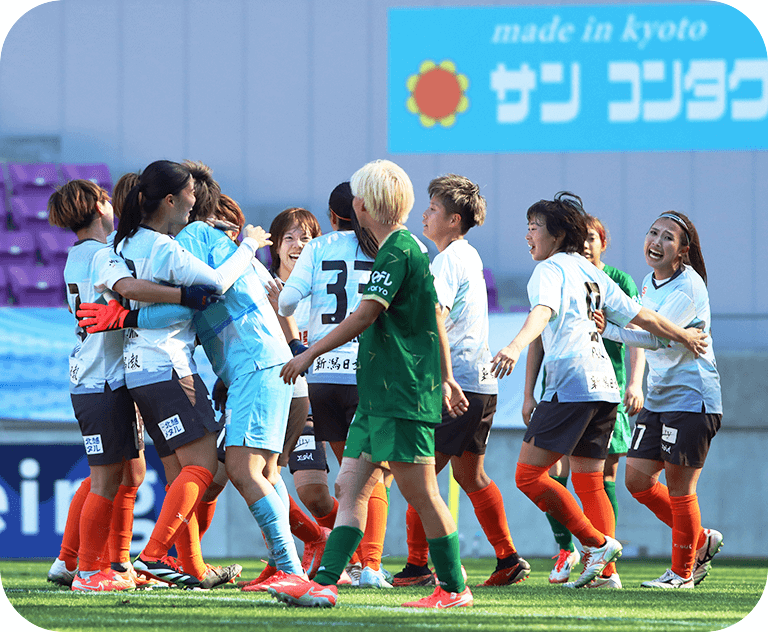
That must really boost the players' motivation too.
Absolutely. In the past, players often had to hold part-time jobs alongside football. Now, the sport itself is a full-time profession. There’s no salary cap, so if you perform well, your earnings and stability as a professional athlete increase accordingly. It’s a huge motivator.
4. How would you describe Albirex Niigata Ladies as a team?
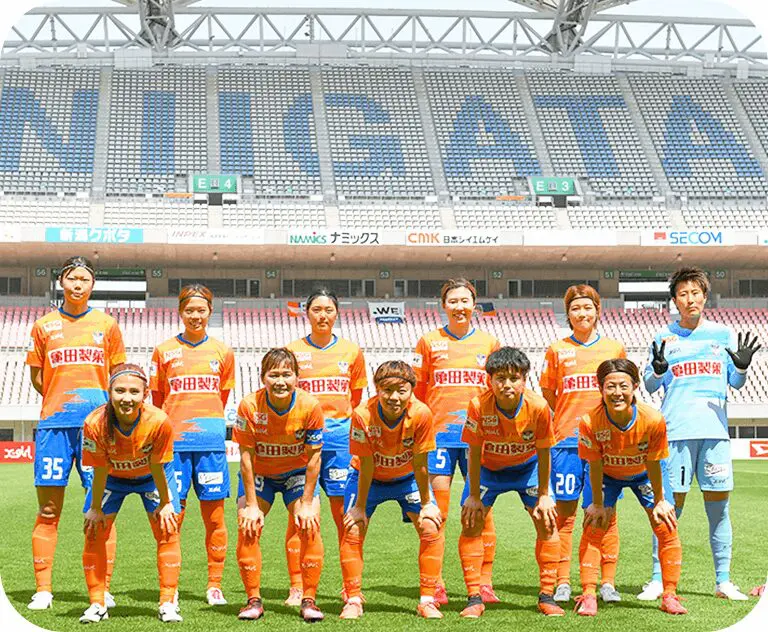
We’re based in Niigata Prefecture. Our team philosophy is simple—Enjoy Football. We believe football should be fun. We also place strong emphasis on connecting with our fans, and we’re known in the league for having a passionate supporter culture.
Our Head Coach is now in his second year and has brought a clear identity to the team: solid defensive organization with a quick transition to attack.
5. The team finished 3rd last season. How did Fitogether contribute to that performance?

Before using Fitogether, injuries were a major issue. Out of a 24-player roster, sometimes fewer than 12 were available. We had to rely on youth call-ups to fill gaps, which made things difficult.
Since adopting Fitogether, we’ve been able to quantify training loads, which helped reduce injuries and optimize recovery. For instance, some players who didn’t appear to be working intensely were actually accumulating hidden fatigue—something we could identify only through Fitogether Analytics.
Previously, these signs went unnoticed and often led to serious injuries like muscle tears. Now, we monitor reports closely, use them in coaching discussions, and adjust player selection and match minutes accordingly. Players also benefit by seeing concrete metrics like sprint speeds and HSR values, which increases motivation. In fact, around 80% of our players improved their sprint capacity.
6. What would you say is the biggest strength of the Fitogether service?
Accuracy. Compared to other EPTS systems we’ve used, Fitogether provides incredibly precise data. The real-time feedback allows us to instantly address gaps during or immediately after sessions.
Players frequently check their own data on my iPad after training. Some use it to push their limits further, while I might use the data to stop a potentially overloaded player from doing extra work. The data-driven conversations make everything more convincing—for both players and coaches.
7. Are there any standout examples where data really impacted player motivation?
Yes—one recent case really stood out. A player was returning from surgery. Though she had rejoined team training, her acceleration and deceleration data were significantly lower—about one-third of her usual numbers.
We pulled her last 18 months of data and showed her how her current numbers compared. Then we designed a specific program to bring her back to previous levels, tracking her HR zone during medium and high-intensity drills.
Eventually, she completed a full 90-minute match safely. Afterward, she came to me and said, “Coach, I feel great. Thank you.” That moment really stuck with me.
How did you structure the training to address her performance gaps?
We reviewed her lack of acceleration and tailored drills accordingly—gradually rebuilding her condition. The progress was clear in both data and performance.
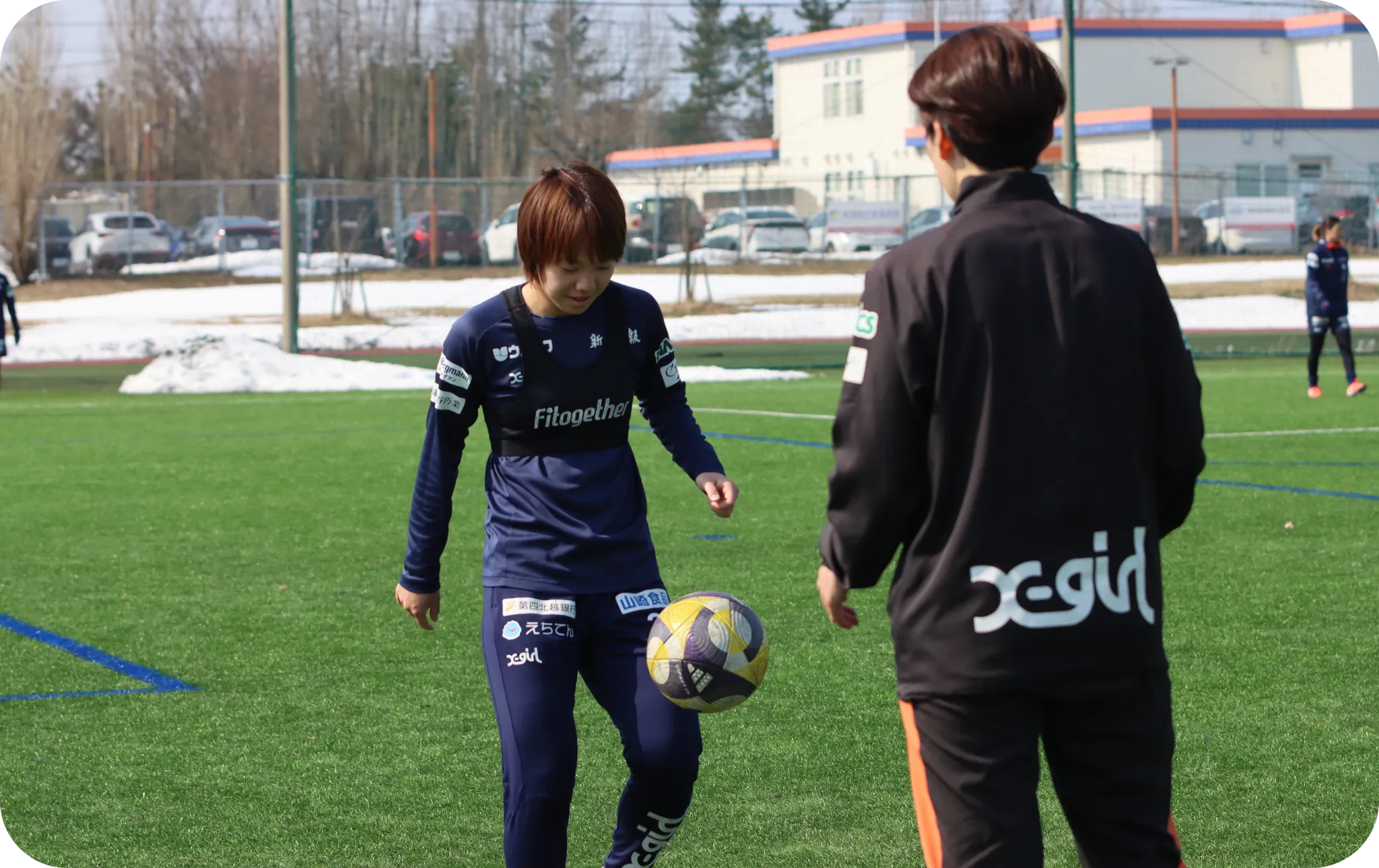
8. Which metrics do you monitor most closely in Fitogether?
We regularly track high-intensity actions like accelerations, decelerations, sprint distance, and HSR distance. ACWR is a key metric for us too, especially in injury prevention.
For returning players, we retrieve their historical performance data (e.g., from the past year) and compare it with current output. If they’re hitting 90% of their past sprint speed or acceleration levels, we begin discussing return timelines with staff.
We also monitor power metrics. At the start of the season, our team average was around 10, and that’s now in the mid-teens—so we keep an eye on that progression too.
9. You mentioned using data in meetings—how has the coaching staff responded?
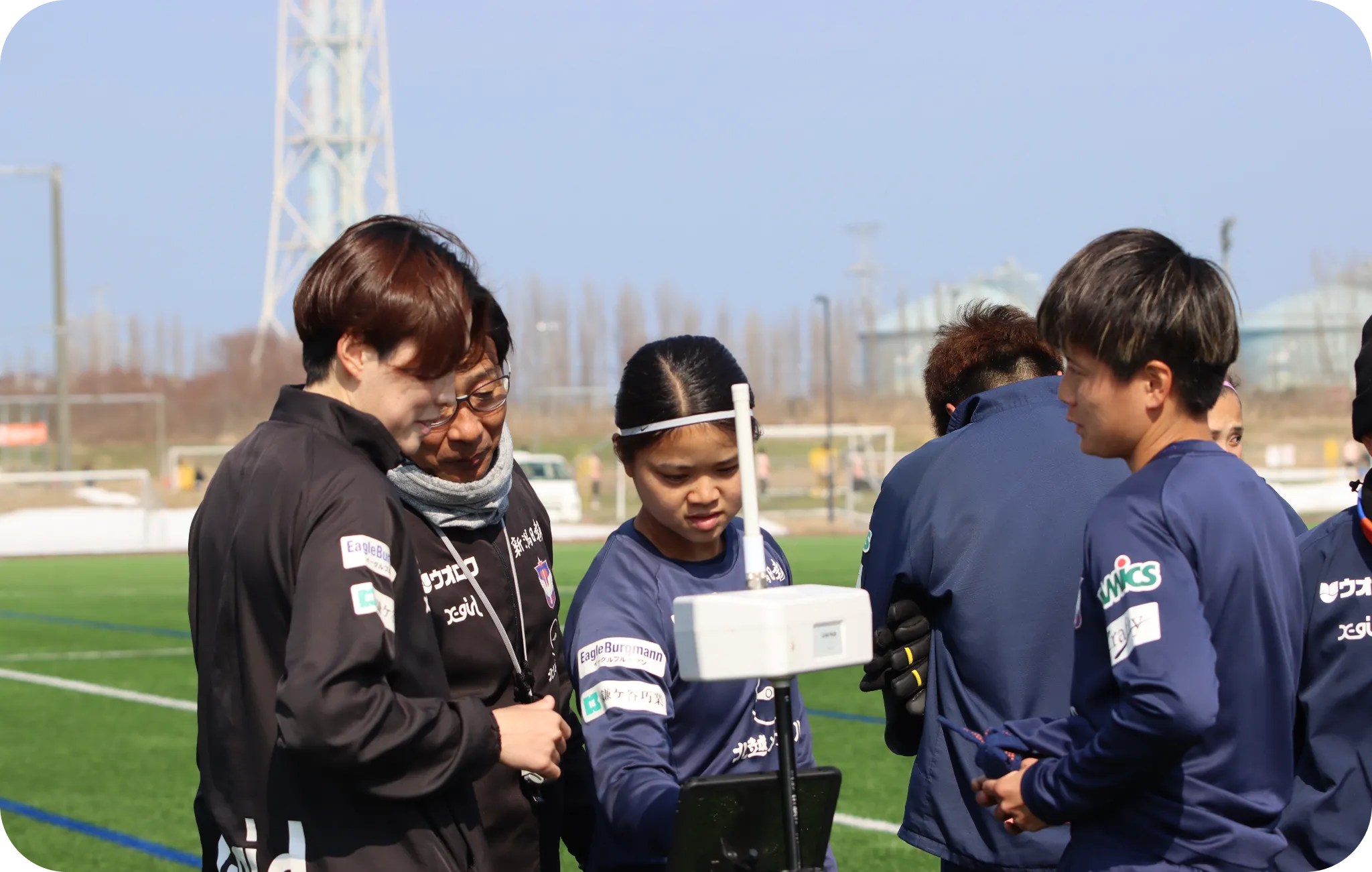
Under the previous Head Coach, we didn’t use data, and the injury rate was extremely high. The training load was intense, and muscle injuries were frequent.
Since the new Head Coach arrived—who has J.League experience—we’ve fully adopted Fitogether. He understands the importance of GPS data.
We often reference the Fitogether Trend Report, which summarizes weekly load patterns. Based on those graphs, we fine-tune our session plans—for example, training loads differ if a match is on Saturday vs. Sunday. The historical data makes long-term planning easier and more consistent.
We also review player-specific metrics like RPE and ACWR, especially because female athletes tend to experience more muscle injuries. We monitor those indicators closely.
What type of injuries are most common among female players?
Hamstring injuries, mostly. Since some players lack relative strength, they’re more vulnerable when absorbing ground contact. Thigh strains are particularly common.
10. You’ve developed a more structured system with data. What’s your long-term goal as a coach?
I started as a general coach, but have now been leading the physical side and using Fitogether for over a year and a half. I kind of fell into managing the GPS system, but I see it positively.
The Fitogether team has supported me tremendously—answering all my questions with clarity. That’s rare. Many coaches don’t continue using GPS systems because they’re too complicated or unsupported. But with Fitogether, it’s been easy to stay consistent.
The real-time accuracy is the biggest strength in my opinion. It’s helped me understand the depth of training—volume, intensity, and movement quality—and has made my coaching more evidence-based.
I now know which drills maximize sprint output, which ones boost HSR, and can tailor programs accordingly. I feel like I can go one step further than typical coaching and develop real physical quality. I look forward to continuing this journey with Fitogether.
Through this story, one thing is clear: data is more than numbers—it’s a language that shapes training intensity, reduces injury risks, and fuels individual growth.
As seen with Albirex Niigata Ladies, Fitogether helps coaches move beyond instinct to evidence-based coaching—strengthening both trust and tactical precision.
If your team is ready for that next step, we’re here to help. Let’s talk.
Thanks for reading Fitogether Voices. We’ll be back soon with more real stories from the field.
.png)
.png)